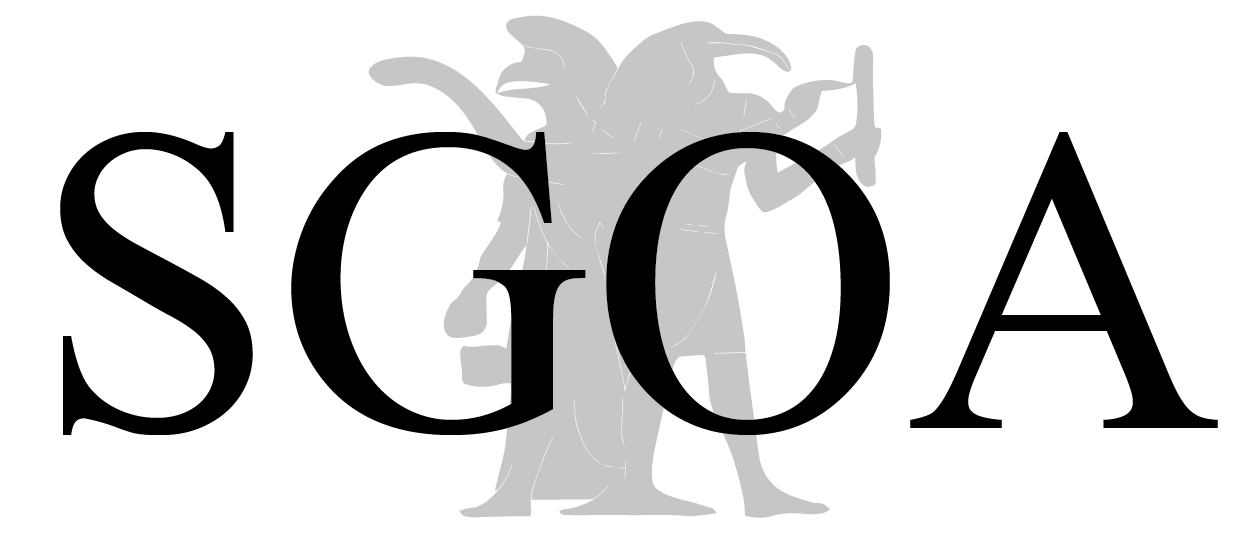OBO 267 – Christian Frevel, Katharina Pyschny & Izak Cornelius (éds.) / A “Religious Revolution” in Yehûd?
The Material Culture of the Persian Period as a Test Case.
The present volume discusses the material culture of Persian Period Palestine/Israel against the background of Ephraim Stern’s hypothesis that Judah witnessed a “religious revolution“ during the transition between the (Neo)Babylonian and the Persian period, resulting in an imageless monotheism. The collection of essays originated in a workshop on “Jewish ‘Material’ Otherness? Ethnic, Religious and Cultural Boundaries in Late Persian and Early Hellenistic Times in the Southern Levant”, held at the Käte Hamburger KollegDynamics in the History of Religions between Asia and Europe (Ruhr-Universität Bochum) in 2010.
Following an introductory overview on the material culture of the late Iron Age to the early Hellenistic period (Lester L. Grabbe), the most relevant object genres are reviewed in the light of new finds and current research: administrative stamp-seals (Oded Lipschits & David Vanderhooft), figurines (Izak Cornelius, Rüdiger Schmitt), incense burners (Christian Frevel & Katharina Pyschny), coins (Mary Joan Winn Leith, Patrick Wyssmann), seals and bullae (Silvia Schroer & Florian Lippke) and Greek pottery (Astrid Nunn). Special attention is devoted to regional developments in order to highlight commonalities and differences in the material culture between Yehûd and Samaria, and between Yehûd and the other neighbouring provinces. The volume demonstrates continuities and discontinuities in material culture, which mirror political, economic and historical developments. If the “religious revolution” thesis cannot be substantiated, the volume makes an important contribution to the history of religion of Persian Period Palestine/Israel with its nuanced discussion of Stern’s thesis and the new synopsis it offers of the material, and especially pictorial, culture of the period.
—
Der vorliegende Band untersucht die materielle Kultur Israel/Palästinas der Perserzeit vor dem Hintergrund der Hypothese Ephraim Sterns, im Übergang von der (Neu-)Babylonischen zur Persischen Periode habe in Juda eine „religiöse Revolution“ stattgefunden, aus der ein bildloser Monotheismus hervorging. Der Band geht im Kern auf den Workshop „Jewish ‛Material’ Otherness? Ethnic, Religious and Cultural Boundaries in Late Persian and Early Hellenistic Times in the Southern Levant” zurück, der 2010 im Rahmen des Käte Hamburger Kollegs der Ruhr-Universität Bochum abgehalten wurde.
Nach einem einführenden Überblick über die materielle Kultur von der späten Eisen- bis zur frühen hellenistischen Zeit (Lester L. Grabbe) werden unter Berücksichtigung neuer Funde und aktueller Forschungserkenntnisse die wichtigsten Fundgattungen in den Blick genommen: administrative Stempelsiegel (Oded Lipschits & David Vanderhooft), Figurinen (Izak Cornelius, Rüdiger Schmitt), Räucherkästchen (Christian Frevel & Katharina Pyschny), Münzen (Mary Joan Winn Leith, Patrick Wyssmann), Siegel und Bullen (Silvia Schroer & Florian Lippke) und griechische Keramik (Astrid Nunn). Besondere Aufmerksamkeit gilt regionalen Entwicklungen, wobei Gemeinsamkeiten wie Unterschiede innerhalb der materiellen Kultur etwa zwischen Yehûd und Samaria oder zwischen Yehûd und anderen Nachbarprovinzen hervortreten. Im Ergebnis zeigt der Band Kontinuitäten und Diskontinuitäten in der materiellen Kultur auf, in denen sich politische, ökonomische und historische Entwicklungen spiegeln. Die These einer „religiösen Revolution“ lässt sich damit nicht belegen. In der differenzierten Diskussion der These Sterns und der Zusammenschau der materiellen Kultur der Perserzeit leistet der Band einen wichtigen Beitrag zu einer Religionsgeschichte Israel/Palästinas der Perserzeit.
Christian Frevel (1962) studied Catholic Theology, Philosophy and Ancient Near Eastern Studies in Bonn. After being a Professor of Biblical Theology in Cologne (2000-2004), he is currently Professor of Old Testament Studies at Ruhr-Universität Bochum and a board member of the Bochum Käte Hamburger Kolleg Dynamics in the History of Religions between Asia and Europe. His interest in the religious history of ancient Israel/Palestine, its material culture, and Ancient Near Eastern iconography first resulted in his dissertation on Asherah (published 1995) and has remained a focus of his research ever since (e.g., with publications on Iron Age cult stands as ‘media’ and on votives). In addition, he has broadly published on Old Testament exegesis (esp., Numbers and Lamentations), biblical anthropology, mixed marriages in post-exilic Judah, concepts of purity in the Old Testament, and monotheism.
Katharina Pyschny (1984) studied Catholic Theology in Cologne, Bochum, and Jerusalem. Since 2009 she is a research and teaching assistant in Old Testament Studies at Ruhr-Universität Bochum. Her research focuses on the Book of Numbers (she is preparing a dissertation on Num 16-17) and on the religious history of ancient Israel/Palestine.
Izak (Sakkie) Cornelius (1958) studied Ancient Near Eastern Studies and Reformed Theology at Stellenbosch and Tübingen. His MA and DLitt (Semitic Languages) were on society and trade at Ugarit and Mari. He was appointed as Lecturer at Stellenbosch University in 1986 and is Professor of Ancient Studies since 1999. An editor of theJournal of Northwest Semitic Languages, he has been a research fellow of the Alexander von Humboldt Foundation and the Bochum Käte Hamburger Kolleg Dynamics in the History of Religions between Asia and Europe. His current research focuses on the religions and art (iconography) of the ancient Near East and the Southern Levant.
2014, pages X-440,
ISBN 978-3-7278-1753-3
Commande du livre
Peeters Publishers
Download texte intégral
ZORA (Zurich Open Repository and Archive)

